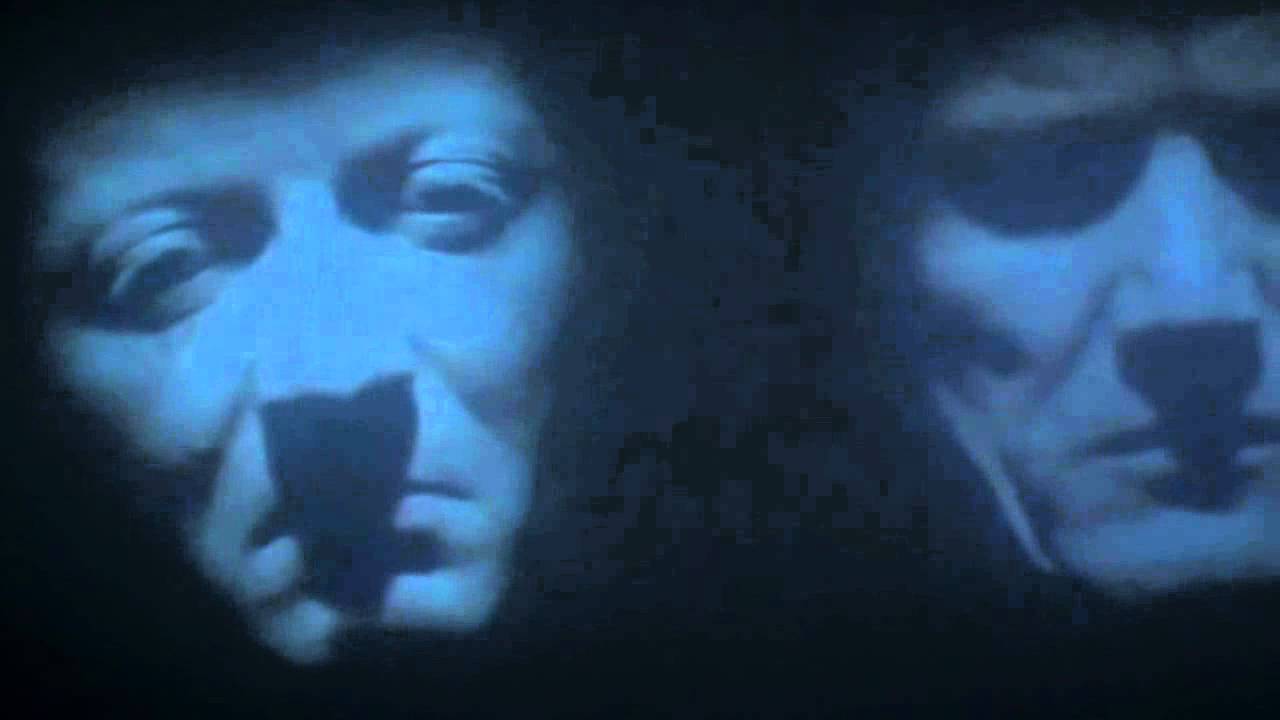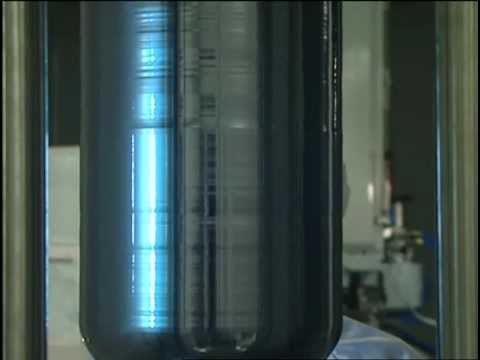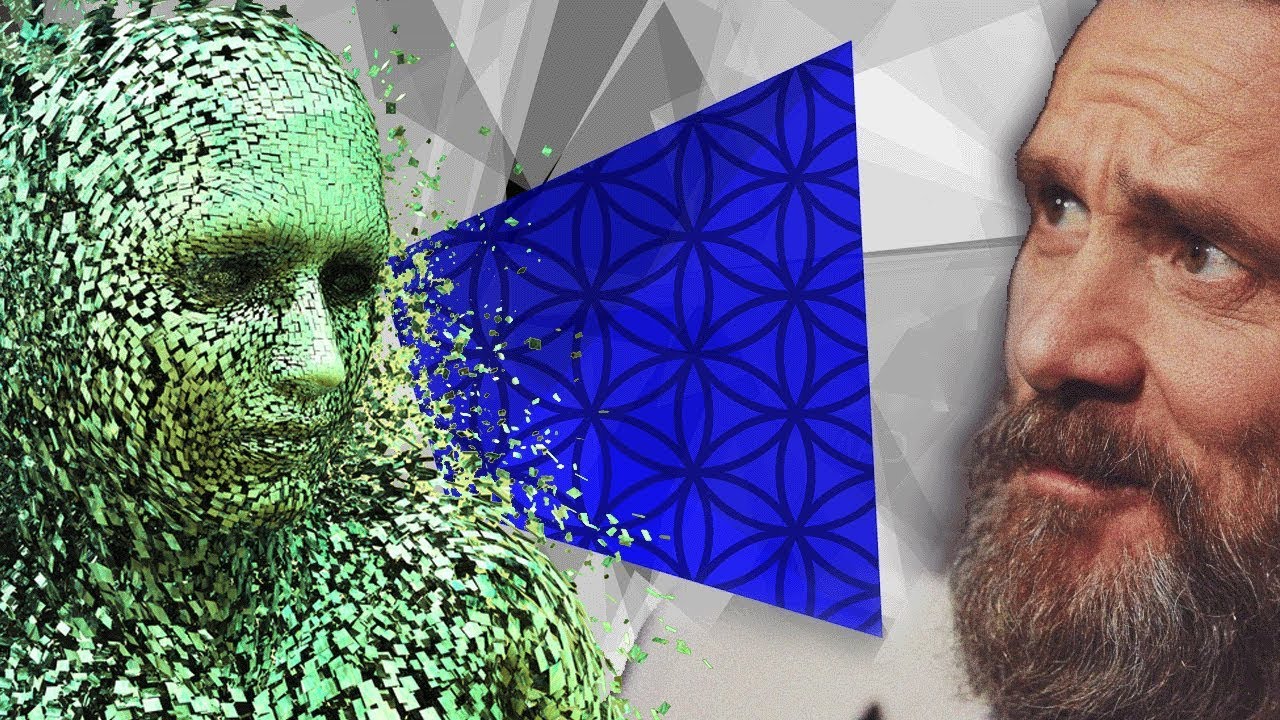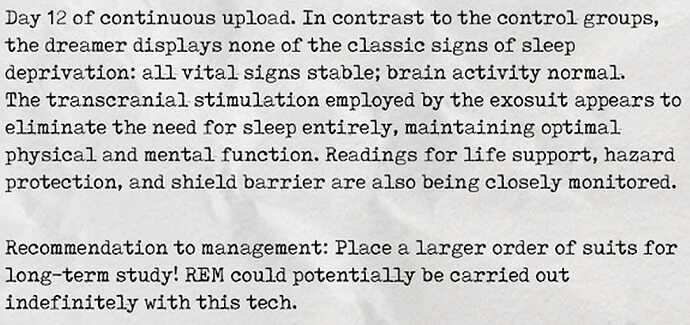I like that idea. It could be NMS version of Purgatory or The Abyss. I think there could be an additional use in having it as a high-level exploration area. Perhaps, players can enter the world of glass to rescue the existences of dead characters?
Ohhhhh and if you rescue a dead character then that Traveler gets resurrected and you get to feel good about saving someone’s game.
Or, you could get rewarded with nanites, money, or rare materials which would give you an incentive to rescue people.
But i’m not getting my hopes up too high.
Wasn’t General Zod and his criminals in the first Superman blockbuster movie, originally trapped in a glass shard?
Which group of folks do we think we can “save”?
Are the dreamers alive? Dead? Brain Dead?
Are the folks from the explosion saved in some virtual world?
I’d hate to think we decid to download folks into dreamer bodies only to find out we killed the dreamers in doing so.
My personal belief/world view is that I don’t exist right now and I never did…but having said that, I still like my current existence, whatever the hell it might be, just like it is… this body, avatar, or illusion…so I’d be pretty miffed if someone “overwrote” my brain because they thought it was a hard drive.
So what the hell do we do? Not sure, but “save” as many people as we can.
Can we load everyone into a virtual world like we did for Artemis?
If we can’t wake up the dreamers, what can we do? What is their state of the being? Can we communicate with them?
Check this link about Jim Carey Saying we don’t exist:
And we are all tetrahedrons…if that’s true…then any deeper simulation is cool…its just more simulation.
The world of glass ![]()
There is a short story by H. P. Lovecraft where a man sees a person whose consciousness was moved into a machine so that he could travel into space.
What if we uploaded them into a matrix-style simulation, so that we can talk to them by using a W/ARE headset?
I wonder if the dreamers would suffer from mental illnesses if they were woken. Maybe PTSD.
I don’t know if anybody has noted this yet, but here goes:
In the patient files from Phillip and Eun Ha, there is information concerning exosuits. Here:
It’s not clear whether the dreamers are wearing actual exosuits, or whether the exosuits are just a software simulation.
What is clear is that;
-
The exosuit software was not made by Ware - it came from a third party, and;
-
The exosuit software is causing the Ware system to malfunction.
If we want to find the villain, it seems we need to find the exosuit supplier.
I don’t think that’s a given. Eun Ha’s suit behaves in an unexpected way, but there’s no word about malfunctions. Philips’ certainly isn’t.
Uhm… how confident are you about that? ![]()
(Puts engineering head on)
When a system exhibits behaviour outside its design parameters, that is, by definition, a malfunction.
Not all malfunctions are necessarily detrimental. They may even be of benefit. But they’re still malfunctions.
Systems engineers need to investigate all malfunctions. If a system is misbehaving in one way, it may do so in others.
We’re a bit more lenient in software, as long as the code still does what it was intended to do, we just talk about “unexpected behavior”. Which you still investigate, but you dn’t give it the same priority as a bug (i.e. unexpected behavior where it actually counts).
Also, when you put third-party libraries into the mix, unexpected behavior usually starts to abound. As long as the expected behavior still happens, you usually don’t touch it.
I used to work with a bunch of guys who spent their entire careers investigating SOUP.
It always made me laugh, but SOUP is Software Of Unknown Provenance - and it is greatly feared in safety critical applications.
If you have security relevant code, any unexpected behavior is a no-go, that’s correct.
I was looking into anything I could find that included iteration numbers. I have also tried to organise those numbers in order. A few interesting things to note:
- Iteration numbers are either just a number or a number with an additional letter
- I assume short iteration numbers to have been Travellers / Dreamers:
- #34711P (lowest value), matches H.P. Lovecraft (Death quote)
- #231187661T (highest value), matches our corrupted dreamer.
- I assume even longer iteration numbers to be something bigger, like the Ring Structures or possibly a rendition of a Universe.
- #2874120194B (lowest value) > GIANT_STRUCTURE_LANG_4 (Vy; keen / Great Monolith)
- #2394829084924924926G (highest value) > ACT3_BEACON_LANG
I noticed how there certainly seems to be an order, which seems pretty clear in the Ring Structures. When ordering those, only a few are changed, like the Vy’keen history (4) being first according to iteration. Sub-routine ‘Sentinel’ (1) comes next, followed by the destruction of Korvax Prime (5), Universe [1304] removal (2), and termination of duplicate-098B. After those, the Ring Structure continues regular order, explaining Telamon, who I believe to be referred to when we start the game. Now the interesting part is 2 higher values found than the values the Ring Structures end with. What does this tell about the iteration we are in?
This is the part where Artemis is involved.
We receive the signal from Artemis and we have to investigate it’s source.
Now in Act 3 we get an even higher value, which happens right after having visited Atlas, being returned to our ship, feeling sick.
Youtube video with timestamp for this moment
I am really curious why the iteration number changed right there. So far those iterations do make sense and show us some sort of timeline. ITERATION #2394829084924924924G is all about Telamon and matches everything we get at the start of the game, the Beacon, awaiting a fresh iteration (us), even the Ship Logs showing ‘Atlas Connection’ and systems being offline. All of this is the same iteration, until Telamon starts speaking of ‘Death’ and the ‘Traveller’ it is now forced to ‘wear’, ending with the Iteration ERROR. Then as we get in touch with Artemis, we appear to have a new iteration, which then changes after the event with Atlas mentioned above.
What do you all think?
Woah that’s a great find Devilinpixy, I don’t think anyone’s ever noticed that pattern before. That change in iteration seems very intentional and plays in with the story being presented
Well, I always assumed the iteration numbers referred to the traveler. This seems to point to it being a universe number. But if that’s the case, why is the one patient referred to by an iteration number? Seems odd.
I wonder if those changes to the iteration number happen to coincide with portal visits? ![]() I have to look now.
I have to look now.
I believe that the iteration numbers do not only point to travellers/dreamers, but are also used for something bigger, like the Ring Structures or more likely renditions of a universe.
Both of those changes to iteration happen to occur after plot related portal travel. Coincidence?
Each time Atla create an universe, there is a copy of it, so iteration # can be Atlas iteration itself. And as there is only 1 traveller by universe, we can say that Atlas and traveller have the same number.
In the conversations with the Gek Overseer, during the base building sequence, it seems fairly clear that each iteration is made for a traveller, and only one traveller.
The Overseer seems quite angry about this. All of history, all the hopes and fears, all the suffering and death, serves only to provide a backdrop for the traveller’s explorations.
With each iteration, there is a new universe, and a new traveller. The two appear to be linked.
And yet the lore from the abandoned buildings suggests that the traveller is always the same person. That’s the point of the message in the ancient crushed ship. The traveller was sending a message to themselves.




